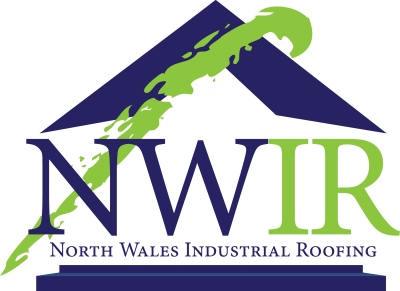Why is it important to inspect industrial roof flashing?
An industrial roof comprises many different elements, which will be inspected by industrial roofing contractors during scheduled roof maintenance.
One of the most critical parts of any industrial roof is the flashing. In this blog, we discuss the purpose of flashing on an industrial roof, as well as the importance of assessing its condition regularly.
What is industrial roof flashing?
Flashing is thin and flat metal, which is used to direct water away from critical areas of a roof, where openings or cracks may appear.
Industrial roof flashing is commonly made from galvanised or stainless steel, copper, or aluminium. It is usually installed wherever the roof meets a vertical surface, such as a wall or chimney. Flashing can also be used around vents, skylights, and roof valleys.
What are the types of industrial roof flashing?
There are several different types of industrial roof flashing, which are used for different purposes.
- Continuous / Apron Flashing – This is a long, single piece of metal, which directs rainwater down to the roof shingles.
- Step Flashing – This is a rectangular type of flashing. It features a 90-degree bend, which is used to direct water away from the wall.
- Drip Edges – A thin strip of metal flashing is installed on the edge of the roof, causing water to drip off. This prevents leaks and damage to your industrial premises.
- Base Flashing – This is commonly used on chimneys, which require two types of flashing to ensure water is always directed to the gutters.
- Counter Flashing – This is the second type of chimney flashing and is installed above the base flashing.
What will an industrial roofing contractor look for when inspecting flashing?
A professional roof inspection, performed by experienced industrial roofing contractors such as ourselves at NWIR, will save your business hassle and money in the long term.
During a routine industrial roof inspection, we will check every aspect of your roof, including the flashing.
We will assess your metal flashing for any leakage or corrosion issues, ensuring that perimeters and seams are properly sealed.
Flashing is prone to expanding and contracting over time, and this membrane shrinkage can put pressure on the seams in a process known as ‘tenting’. As tenting cannot be repaired, if this happens, your flashing will need to be replaced.
How long should industrial roof flashing last?
If your flashing is insufficient or damaged, this will make it difficult for your industrial roof to repel water, causing leaks.
Therefore, it’s vital that flashing is properly installed when either replacing or repairing your industrial or commercial roof. When expertly installed, your industrial roof flashing should last up to 30 years with regular commercial roof maintenance.
Get in touch
If your industrial roof flashing is damaged, or you’re experiencing any other issues with your roof, don’t hesitate to contact us for advice.
You can either give us a call on 0800 046 1500 or send a message using our online contact form and a well-informed member of our team will be in touch as soon as possible.
Related Articles
